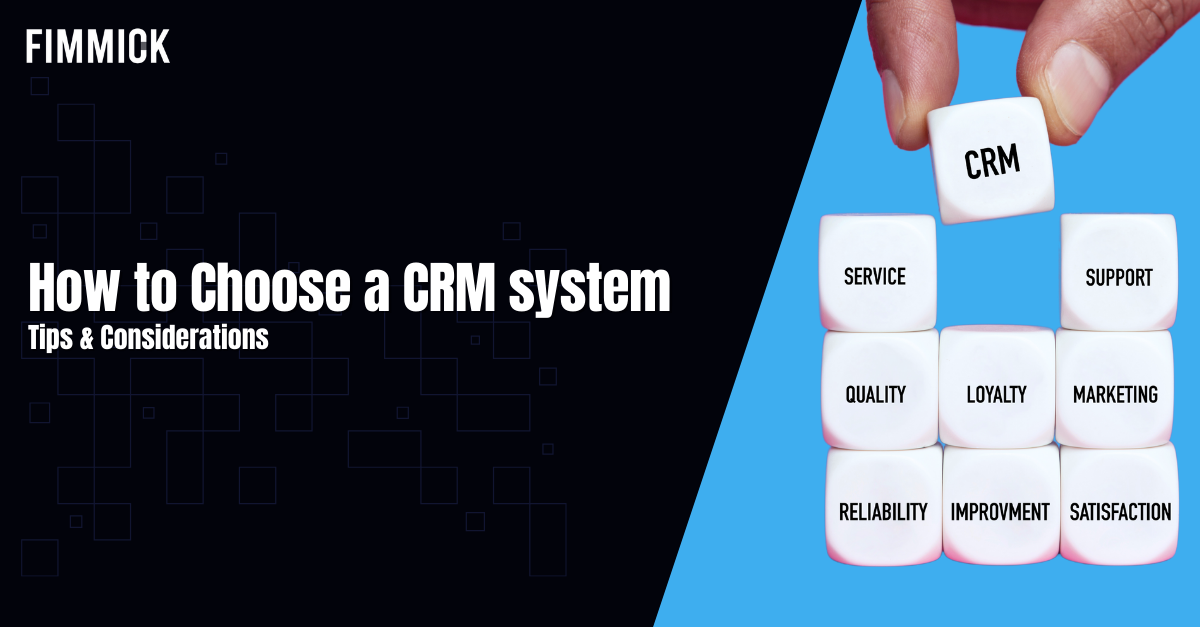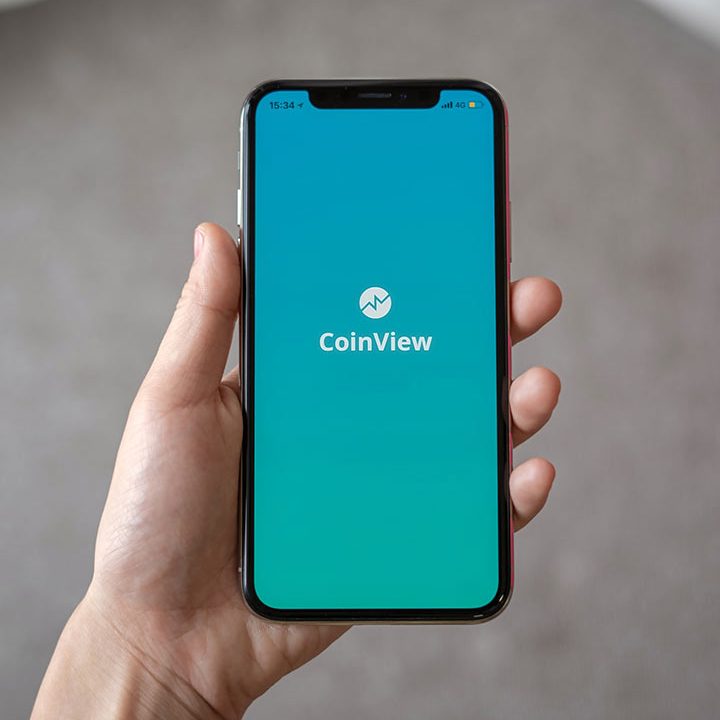Online Ads︰What is Server-side Tracking? How Does it Capture Ad Data?
Home » Online Ads » Online Ads︰What is Server-side Tracking? How Does it Capture Ad Data?
Reading Time: 7 min
By the end of 2024, Yahoo projects 75% of ads will lose the ability to identify their target audience. Despite this, a staggering 73% of marketers still rely on cookies. With the increasing impact of Apple App Tracking Transparency (ATT), Intelligent Tracking Prevention (ITP) and ad blockers, inaction is no longer an option. Discover how server-side tracking can help you overcome these challenges and maintain effective ad targeting.
How Tracking Prevention Measures Affect Ad Performance?
To understand the impact of tracking prevention, it’s essential to grasp the mechanics of advertising platforms. Platforms like Meta and Google employ a performance-based reward system, granting increased visibility to high-performing ads. Historically, user response data, facilitated by pixels and cookies, is a critical performance metric.
However, the rise of privacy-focused initiatives, including Apple’s App Tracking Transparency (ATT), Intelligent Tracking Prevention (ITP), ad blockers, and browser-level restrictions implemented by Firefox, Safari, and Brave, has resulted in a significant loss of ad data, estimated at 45%. This data deficit hinders platforms like Facebook, Instagram, Google, and LinkedIn from accurately assessing ad performance, often leading to misclassification and reduced reach. Conversion-based campaigns, which are particularly reliant on pixel data, are disproportionately affected, with some instances resulting in ad rejection by Meta.
Beyond increased ad costs, data loss also leads to the following consequences:
- Difficulty Optimising Ad Strategies: Incomplete performance data hinders brands from effectively evaluating campaigns, limiting opportunities for strategic adjustments and optimisation and ultimately leading to poorer ad performance.
- Inability to Create Custom Audiences: Restricted data collection makes it difficult for systems to identify converted customers, impacting the creation of precise target audiences and reducing ad effectiveness.
- Incomplete Performance Data: Missing conversion data makes it impossible to accurately assess and compare the performance of different ads and channels, hindering accurate ROI calculations.
- Inability to Track Across Devices: Tracking limitations disrupt the ability to follow user journeys across devices, resulting in inaccurate user behaviour analysis.
Tracking prevention measures like ATT, ITP, and the move towards a cookieless future have profound implications for digital marketing. Brands urgently need alternative solutions to recapture lost ad data. This is where server-side tracking comes into play.
Extended Reading: How to Find Your Ad Audience
What is Server-Side Tracking?
Two primary methods for collecting customer data are client-side tracking and server-side tracking.
Client-Side Tracking
Client-side tracking is the most popular method. Using the Facebook Pixel as an example, a brand adds a tracking code to its website. When a customer visits the site, the pixel is triggered, automatically sending information to Facebook’s servers. This data helps companies understand how many customers visit their website after viewing a Facebook and Instagram ad, their actions, which ads drive the most purchases and more. While the Facebook Pixel is easy to use, its reliance on the user’s browser for data transmission makes it vulnerable to blocking.
Server-Side Tracking
Server-side tracking differs significantly from client-side tracking in how data is collected and processed. Instead of relying on the user’s browser, server-side tracking is done on the website’s server. When users interact with your website, their behavioural data is sent directly from your website server to the tracking platform, such as Google and Meta. This bypasses browser limitations, ensuring data accuracy and completeness. Even if users employ privacy settings or ad blockers, advertisers and marketers can still obtain significant user behaviour data, enabling precise analysis, optimised ad strategies, and improved conversion rates.
Server-side tracking offers a more reliable and secure method of data collection. It has become an indispensable tool for brands and marketers in an increasingly privacy-conscious environment. For example, after implementing server-side tracking for one of our accounts, we observed a 17.5% increase in data captured compared to using the pixel alone, demonstrating the effectiveness of this approach.
Benefits of Using Server-Side Tracking
Mitigates the Impact of ATT, ITP, and Ad Blockers:
As mentioned before, by collecting data at the server level, server-side tracking solutions help you effectively mitigate the impact of ATT, ITP, and ad blockers, ensuring data accuracy and completeness. Even when users enable privacy settings or use ad-blocking tools, you can still obtain valuable user behaviour data, allowing you to optimise ad performance, improve conversion rates, and execute highly personalised marketing strategies.
Enhances Ad Performance
Accurate conversion tracking is crucial for successful ad campaigns. Platforms like Facebook, Instagram, Google, and LinkedIn rely heavily on algorithms and data; the more data available, the better the ad performance. Server-side tracking allows brands to track and capture more data, empowering ad platforms to optimise ad delivery, precisely target audiences, and ultimately improve campaign effectiveness.
Extended Reading: What is TOFU, MOFU and BOFU?
Extends Data Lifespan
Did you know some cookies expire in just one day? Server-side tracking software extends data lifespan, allowing integration and matching with transaction data. This enables accurate performance calculation and attribution analysis in platforms like Google Analytics 4 (GA4) and Meta Ad Manager. Server-side tracking gives brands complete control over data collection, processing, and storage, allowing them to decide which data is sent to Facebook or other analytics tools.
Extended Reading: Customer Data Decay
Provides a Complete Customer Journey View
Server-side tracking tools can track customer behaviour across devices and platforms, capturing actions like page views, link clicks, and form submissions. By consolidating these actions, brands gain a comprehensive view of the customer journey, enabling them to identify high-converting ads and top-performing campaigns accurately.
Extended Reading: Customer Journey Map Design in 8 Steps
Common Server-Side Tracking Methods
Facebook Conversion API (CAPI)
Meta’s Conversion API connects an advertiser’s marketing data (such as website events, app events, business messaging events, and offline conversions) and Meta’s systems. This data, originating from the advertiser’s server, website platform, mobile app, or CRM, optimises ad targeting, reduces cost per result, and measures outcomes.
Google Server-side Tag Manager
Google Tag Manager supports both client-side and server-side tracking. Server-side tracking utilises two containers: a web container residing on the website or app and a server container hosted in a cloud environment. Google Tag Manager receives data from client-side tracking tags, processes and consolidates it, and then forwards it to third-party vendors and analytics tools.
LinkedIn Conversions API
LinkedIn’s Conversions API allows brands to connect online and offline data to LinkedIn. This enables them to understand how ads influence customer behaviour on their website, track sales completed via phone calls, and collect lead generation data.
TikTok Events API
Like the Facebook Conversion API, the TikTok Events API connects TikTok with an advertiser’s marketing data. It encompasses web, app, and offline channels (such as in-store and CRM data), providing flexibility in customising the information shared with TikTok.
FIMMICK TrackingMax - Server-side Tracking Solution
FIMMICK TrackingMax is a cutting-edge server-side tracking solution that helps businesses capture more conversion data, refine audience targeting, and measure ad performance while navigating the challenges of ad blockers, ATT, ITP and more.
- Capture 30% More Conversion Data
- Seemless integration with GA4, Google Tag Manager, Google Ads, Meta, LinkedIn, Shopify & TikTok.
- Get Your 1-month Free Trial Now
Conclusion
The digital advertising landscape is evolving rapidly, and the reliance on traditional tracking methods is becoming increasingly unsustainable. Server-side tracking offers a robust and privacy-conscious solution to navigate the challenges presented by ATT, ITP, ad blockers, and the shift towards a cookieless future. By implementing server-side tracking, businesses can regain control over their data, improve the accuracy of their attribution, and optimise their advertising campaigns for enhanced performance. While the initial setup may require some technical expertise, the long-term benefits of improved data capture, enhanced targeting capabilities, and more effective budget allocation make server-side tracking an essential investment for any business serious about maximising its advertising ROI. Embrace the future of digital advertising and unlock the full potential of your campaigns with the power of server-side tracking.
Ready to take your business to the next level? Join us on Facebook and Instagram for more insights and tips on digital marketing, AI, MarTech and data. If you are interested in our services, please contact us!
Free Download - Server-side Tracking Market Report
Want to learn more? Subscribe to the FIMMICK newsletter now and download our complete Server-side Tracking Market Report.
Related Solutions
Related Articles

AI: Unlocking 7 AI Application in Food and Beverage
Explore the exciting ways AI is reshaping the restaurant experience. From AI-powered ordering to robot servers, the future of dining is here.

CRM: How to Choose a CRM system – Tips & Considerations
Unlock the power of CRM with this comprehensive guide to choosing the right system. Learn about the different types of CRM, key features.

AI: AI Generated Content on Meta: Will it Reshape Social Media Feeds
Meta’s using AIGC to reshape Facebook and Instagram. Learn how brands can adapt and thrive in this new AI-driven landscape.








